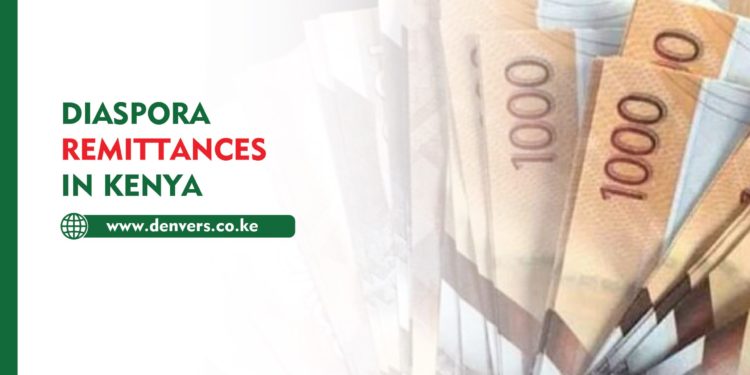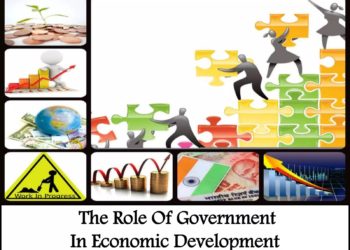Kenya’s economy is drawing sustained strength from rising diaspora remittances, which increased by about KES 15.0 billion in the first nine months of 2025 to roughly USD 3.8 billion. These inflows remain one of the country’s most reliable external financing sources, underpinning household consumption, supporting micro- and small-enterprise investment, and bolstering foreign exchange reserves.
The United States continues to be the single largest origin of remittances to Kenya, reflecting both the size and earning power of the Kenyan diaspora there. Monthly receipts have consistently exceeded USD 400.0 million in 2025, funding everyday needs such as school fees, healthcare, rent, and food. This steady pattern highlights the diaspora’s enduring role in family welfare and broadens the economy’s resilience by spreading income across regions and sectors.
By contributing an estimated 3.0–4.0% of GDP, remittances now rival and in foreign-exchange terms surpass traditional export earners like tea and coffee. Unlike commodity receipts that fluctuate with weather, prices, and global demand, remittance flows tend to be more stable and counter-cyclical, smoothing shocks and supporting spending when other sources weaken.
A core macroeconomic benefit is in the balance of payments. Remittances augment foreign exchange reserves, helping the Central Bank manage external obligations and easing pressure on the shilling amid import demand for fuel, machinery, medicine, and food. Stronger reserves, in turn, reinforce financial stability, anchor inflation expectations through a steadier exchange rate, and improve Kenya’s credit profile.
Recognizing these advantages, the government aims to scale remittances further targeting at least KES 1.0 trillion annually by 2027 by encouraging formal transfer channels, reducing transaction costs, and enhancing diaspora engagement. Progress is visible in monthly data: May 2025 set a record USD 440.1 million. Over the 12 months to May, remittances reached roughly USD 5.0 billion, up 11.6% year on year, partially offsetting softness in tourism and certain export categories.
Beyond macro effects, remittances have tangible social and developmental impacts. They fund education and health spending that raise human capital, finance home construction and upgrades that spur local building trades, and seed working capital for small businesses that expand employment. In many communities, they act as a private safety net, cushioning households against job losses, medical emergencies, or crop failures.
These flows also strengthen the current account and, by signalling dependable external income, lift investor confidence. During periods of global volatility, they provide a buffer against capital flow reversals and commodity price swings, reinforcing Kenya’s economic durability.
In sum, the KES 15.0 billion rise in the year to September 2025 underscores the diaspora’s expanding economic significance. Remittances empower families, stabilize the currency, and support growth making them a strategic asset for inclusive development. With continued policy support to formalize channels and lower costs, remittances are poised to remain a cornerstone of Kenya’s external finances and a catalyst for household welfare and investment in the years ahead. Sustained engagement with diaspora communities, better financial literacy, and digital transfer innovations can amplify their impact further directing more flows into productive savings, mortgages, and enterprise financing while continuing to protect essential household spending across Kenya’s urban and rural economies.

















